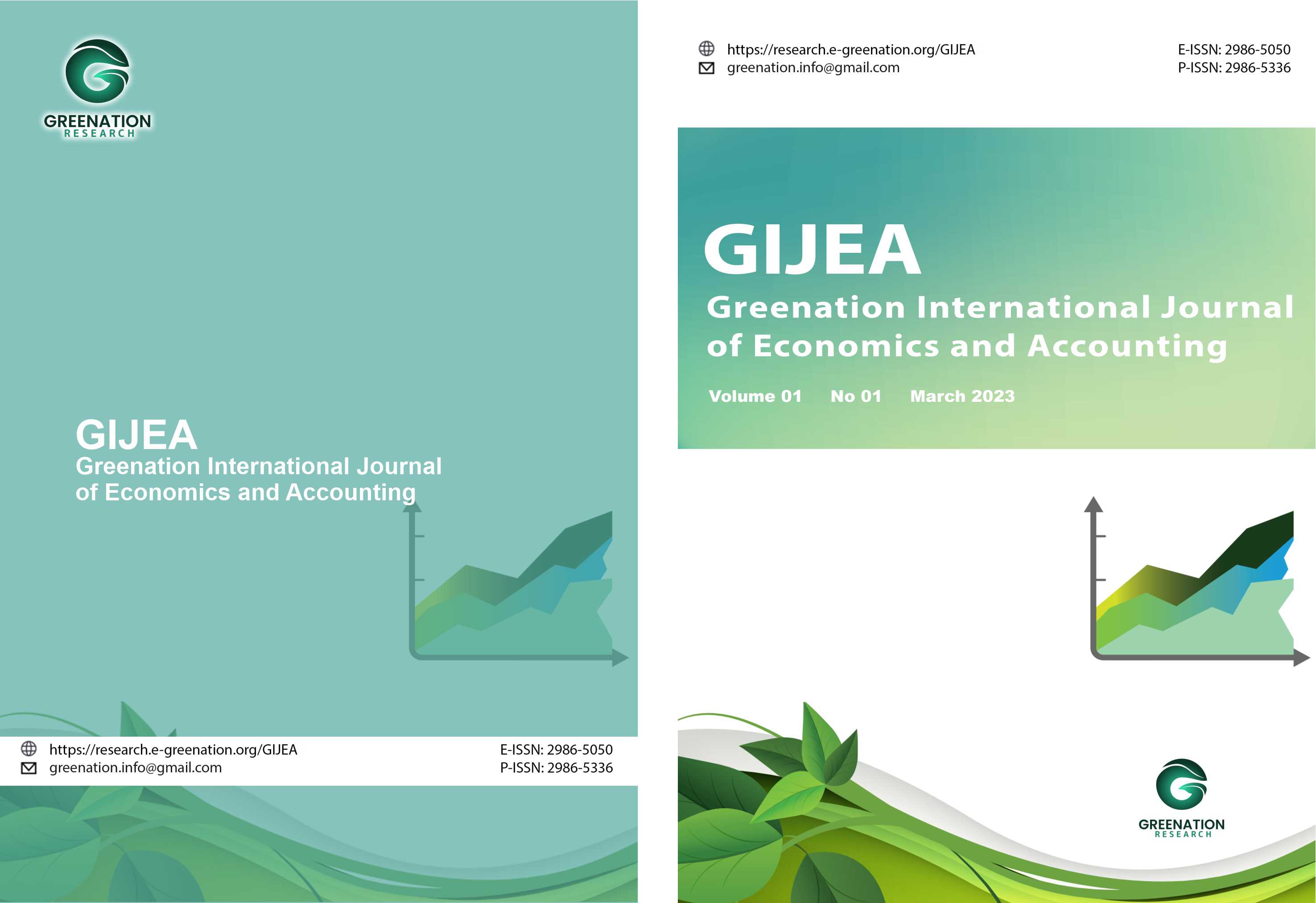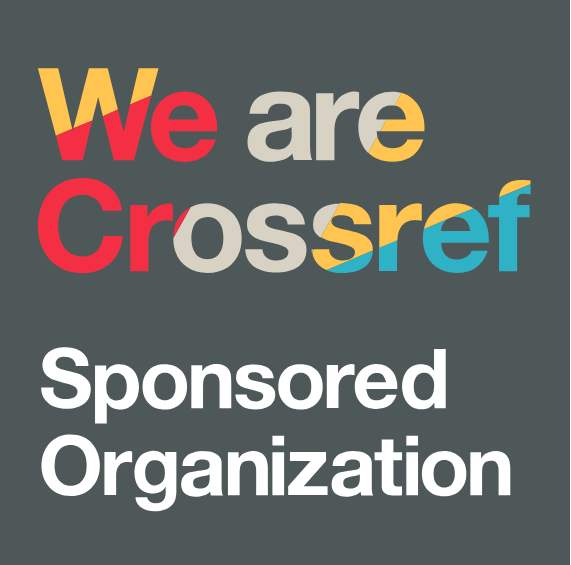Three Approaches to Strategy human resource management based on management
DOI:
https://doi.org/10.38035/gijea.v1i4.120Keywords:
Human Resource, Management, Employees, GovernanceAbstract
This paper as an importanHuman Resource Management (HRM) in enhancement processes of knowledge managemen. Every company should be able to see the existing challenges and potential in its human resources. Good human resource governance will improve the quality of cooperation among employees of the company. Moreover, effective human resource governance encourages creativity in every problem-solving process. Creativity and work efficiency of human resources can improve the overall organizational performance. The fundamental aim of strategic human resources management is to generate strategic capability by ensuring that the organization has the skilled, committed and well-motivated employees it needs to achieve sustained competitive advantage.
References
Gashi, R. (2013). Strategic Human Resources Management: Human Resources or Human Capital. Academic Journal of Interdisciplinary Studies, October 2013. https://doi.org/10.5901/ajis.2013.v2n9p88
Gutterman, A. (2023). Basic Models of Organizational Structure. SSRN Electronic Journal, August. https://doi.org/10.2139/ssrn.4545843
Krishnan, S., & Singh, M. (2010). Strategic Human Resource Management?: Three-Stage Process and Influencing Organisational Factors. Indian Institute of Management, June 2014, 1–37.
Winland, R. D. (2010). Simple rules. General Dentistry, 58(5), 358. https://doi.org/10.4324/9780429290695-20
Downloads
Published
How to Cite
Issue
Section
License
Copyright :
Authors who publish their manuscripts in this journal agree to the following conditions:
- Copyright in each article belongs to the author.
- The author acknowledges that the GIJEA has the right to be the first to publish under a Creative Commons Attribution 4.0 International license (Attribution 4.0 International CC BY 4.0).
- Authors can submit articles separately, arrange the non-exclusive distribution of manuscripts that have been published in this journal to other versions (for example, sent to the author's institutional repository, publication in a book, etc.), by acknowledging that the manuscript has been published for the first time at GIJEA.

























